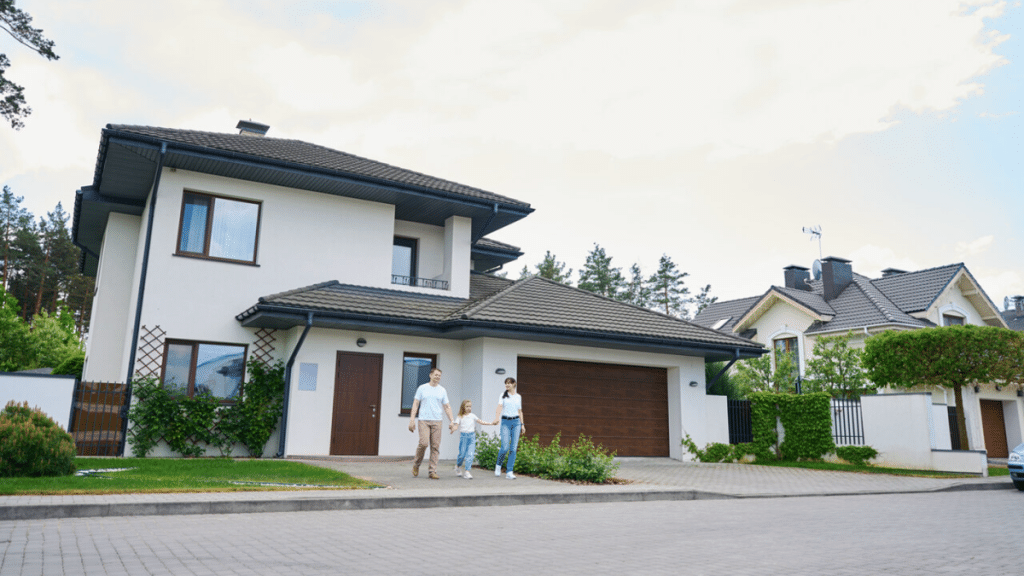Stucco has long been a popular choice for home exteriors, thanks to its durability, versatility, and timeless aesthetic appeal. Whether you’re drawn to its classic look or its ability to withstand harsh weather conditions, stucco is a reliable option for homeowners. However, like any exterior finish, stucco requires regular maintenance to preserve its beauty and functionality. Without proper care, it can develop cracks, stains, or even moisture damage over time. In this article, we’ll share practical tips on how to maintain and repair stucco, ensuring it remains a stunning and durable feature of your home for years to come.
Regular Stucco Maintenance
Cleaning Stucco
Regular cleaning is essential to keep your stucco looking fresh and prevent the buildup of dirt, mold, or algae. Over time, these elements can not only detract from your home’s appearance but also cause long-term damage. For routine cleaning, you can use a pressure washer on a low setting, being careful not to damage the stucco surface. Alternatively, a soft-bristle brush and a mild detergent can effectively remove grime without harming the material. Aim to clean your stucco at least once a year, or more frequently if you live in a humid or dusty area.
Inspecting Stucco for Damage
Regular inspections are just as important as cleaning. Take the time to examine your stucco for any signs of wear, such as cracks, chips, or discoloration. Small cracks may seem minor, but if left untreated, they can expand and allow moisture to seep in, leading to more significant issues. Pay special attention to areas around windows, doors, and the foundation, as these are common spots for damage. Early detection can save you time and money on repairs down the line.
Protecting Stucco from Moisture
Moisture is one of the biggest threats to stucco. Over time, water infiltration can cause staining, mold growth, or even structural damage. To protect your stucco, ensure that windows, doors, and other vulnerable areas are properly sealed. Additionally, consider installing gutters and downspouts to direct water away from your home’s exterior. By taking these preventive measures, you can extend the life of your stucco and maintain its pristine appearance.
Repairing Stucco Damage
Fixing Small Cracks
Small cracks in stucco are common and can often be repaired easily with a stucco patching compound. Start by cleaning the area around the crack to remove any dirt or debris. Then, use a caulking gun to apply the patching compound, making sure to fill the crack completely. Smooth the surface with a putty knife, and allow it to dry according to the manufacturer’s instructions. Once dry, you can sand the area lightly to blend it with the surrounding stucco. For best results, choose a patching material that matches the color and texture of your existing stucco.
Repairing Larger Damage
For larger cracks or chips, the repair process is more involved. Begin by removing any loose or damaged stucco using a chisel or wire brush. Next, apply a bonding agent to the exposed area to ensure the new stucco adheres properly. Mix the stucco repair material according to the instructions, and apply it in layers using a trowel. Allow each layer to dry before adding the next, and finish by texturing the surface to match the rest of your exterior. While DIY repairs are possible for minor issues, larger or more complex damage may require the expertise of a professional to ensure a seamless and long-lasting fix.
Painting and Refreshing Stucco
Over time, stucco can lose its vibrant color due to weathering. Painting is an excellent way to refresh its appearance and add an extra layer of protection. When choosing paint, opt for a high-quality, elastomeric paint specifically designed for stucco. This type of paint is flexible, durable, and resistant to cracking, making it ideal for exterior surfaces. Before painting, clean the stucco thoroughly and repair any cracks or damage. Apply the paint using a roller or sprayer, and consider adding a second coat for even coverage and enhanced durability.
Preventing Future Damage
Regular Inspections and Maintenance
The key to preventing costly repairs is regular inspections and maintenance. By routinely checking your stucco for signs of wear and addressing minor issues promptly, you can avoid more significant problems down the road. Remember, a little effort now can save you time and money in the future.
Proper Stucco Installation
The longevity of your stucco largely depends on the quality of its installation. If you’re considering stucco for your home, be sure to hire experienced professionals who follow industry best practices. Proper installation includes using the right materials, applying the stucco in the correct thickness, and ensuring adequate curing time. A well-installed stucco finish is more resistant to cracking and other forms of damage.
Weatherproofing Your Stucco
To further protect your stucco from the elements, consider adding protective features such as overhangs, gutters, and downspouts. These additions can help divert rainwater away from your home, reducing the risk of moisture infiltration. Additionally, ensure that windows, doors, and other openings are properly sealed to prevent water from seeping into the stucco. By taking these steps, you can extend the life of your stucco and keep it looking its best for years to come.
Why Stucco Maintenance is Worth It
Taking care of your stucco is an investment in the durability, beauty, and longevity of your home’s exterior. Regular maintenance, such as cleaning, inspecting, and repairing small cracks, helps prevent costly damage and keeps your stucco looking its best. By addressing issues early and protecting your stucco from moisture and other environmental factors, you can ensure it remains a stunning and functional feature of your home for decades. Remember, a little effort today can save you from major repairs tomorrow. If you’re looking for expert guidance or professional stucco services, JarArt specializes in creating and maintaining beautiful, long-lasting stucco exteriors that stand the test of time.
